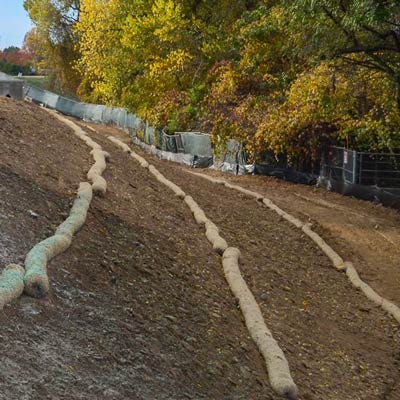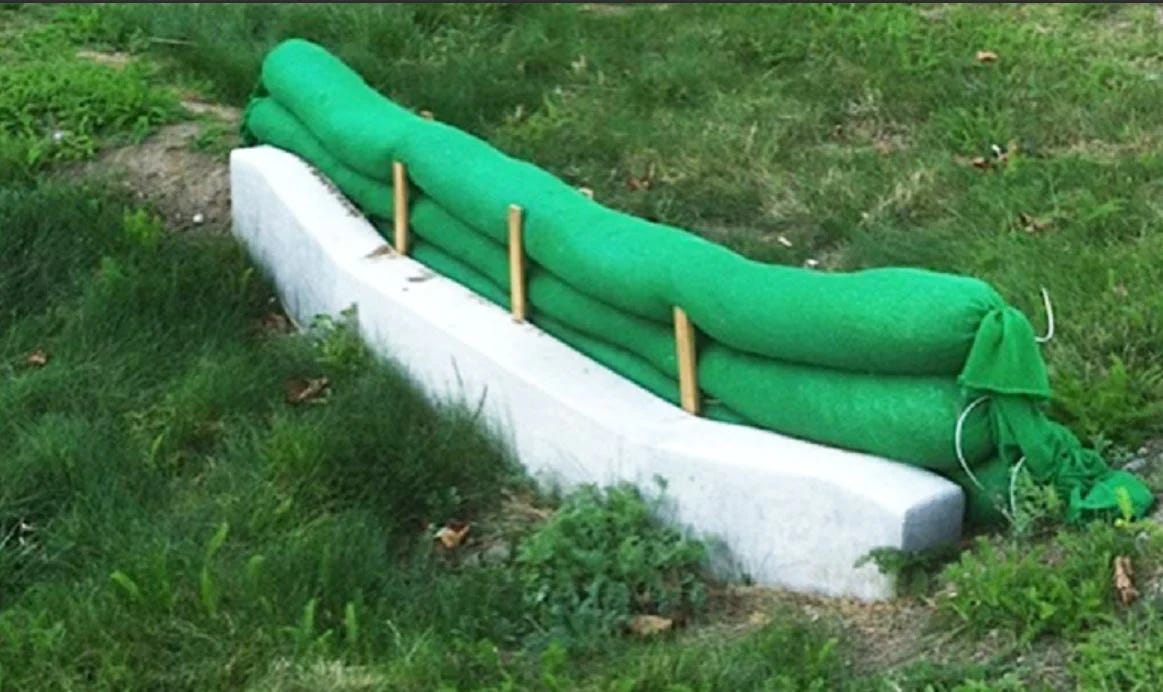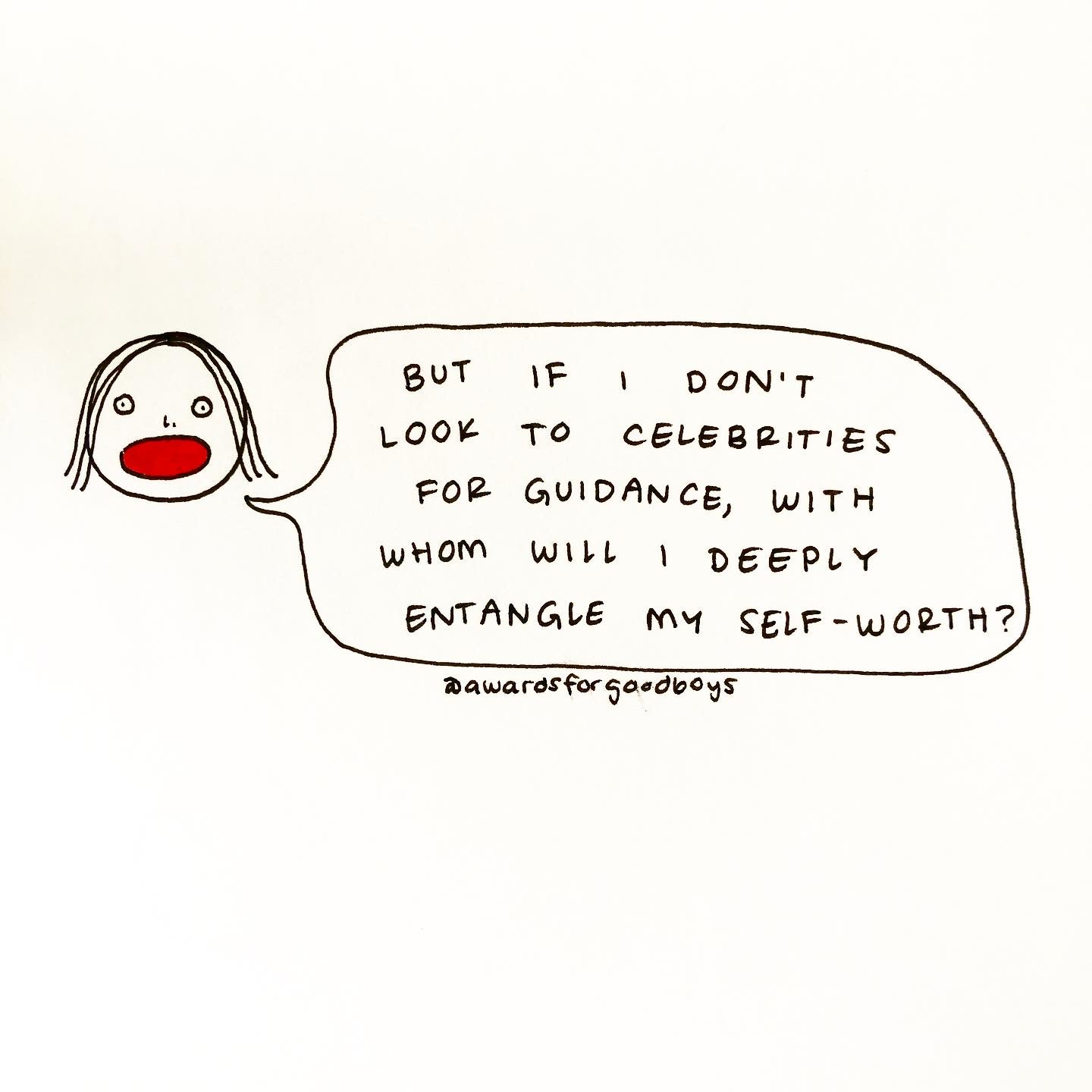Last week, iconic rapper Lil’ Kim faced backlash after she prayed for a monsoon to hit Los Angeles. Obviously well intentioned, she did inadvertently call for another natural disaster (one bringing more winds and rain) to our already despairing city. It’s very…Halsey accidentally wishing for a second 9/11 to strike down the Pitchfork staff (working at One World Trade) after they gave her a bad review. Whom amongst us hasn’t wished for a second 9/11 after facing criticism? But you know? Anything is better than John Legend singing “Ordinary People” to incarcerated Los Angeles firefighters.
While we are not getting a monsoon, Los Angeles is indeed anticipating rain, which is not actually a Godsend, however thank you to Lil’ Kim for pinging God. To understand why rain is actually so dangerous right now, and how you can use straw wattles or compost filter socks to help keep ash out of the ocean, I asked my friend Nina Raj of Altadena Seed Library to explain it to me like I’m five. (If there is wrong info here blame me because I’m on the road and rushing, thank you!)
Rain is coming, now what?
This is our first big rain of the season, called the first flush. “Whenever the first rain happens it flushes all the shit off the street – the oil from the cars, the chemicals, everything like that – into the storm drains – and it’s loaded with a lot more toxins than other rains. Obviously that makes sense, when you first rinse something off, all those chemicals collect in one flush of water,” Raj says. It does make sense! But: LA storm drains flow straight into the LA river, and the river runs straight into the ocean. While Nina tells me this is always how the first flush works, the fires bring new concerns. “Obviously we’re all concerned about toxic ash, lead, arsenic — all the gunk — that’s come from structural damage from fires. So all of that toxic ash that we’re so stressed about in the air is going to run into the ocean, so rather than just an air quality disaster and kicking up ash, you’ll then have a coastal and oceanic disaster.”
There are ways to help mitigate the flow of toxic ash into the ocean, something Nina emphasizes the city should be handling, rather than leaving structural problems to individuals to handle. We’re all shocked!
Straw wattles or compost filter socks can help to “absorb that first flush of chemicals, and then you can properly dispose of them - so it’s like sopping up something with a paper towel essentially, but at a larger scale.” Research (linked on Altadena Seed Library, follow for more info) shows that compost filter socks are more effective: “they can absorb more materials and straw wattles pose some issues because they are made of non-native grass.” This means the straw wattles might “distribute non-native seeds around, particularly when they are used for erosion control. So you put a straw wattle on a hillside to prevent a mudslide, the seeds that were in there and the non-native microbes and fungi that might be in the dried up straw can seep into the landscape. Then you have an issue of potentially invasive grasses growing in an area right after a burn, so it can be really dangerous in that way.” I.e., one of the options for helping mitigate the spread of toxic ash into the ocean might then spread invasive non-native plants and fungi into the fragile and very specific post-burn ecosystem. Cool cool cool.
On the other hand, compost filter socks are basically big stockings filled with compost. Nina says ideally her plan would be to get a compost sock, head to Griffith Park, and fill up with compost. However, she’s yet to find a place that sells compost filter socks in person, and plans to use the straw wattle after thoughtful preparation. “The expert guidance is to either sterilize your straw wattles, or inoculate them with native fungi. The ways you can do that is to soak the straw wattles in cold water for a week, or soak them in compost tea or spray them down with compost tea.”
But the city has been on fire and shit is chaos. “I don’t have a lake of compost tea at my disposal and compost tea takes a long time to make, and I don’t have a time machine to go back and soak them in water, so I’m doing my best,” she says. “I’m going to get the straw wattles from Home Depot and put them in front of the storm drain. My thinking is it’s better than nothing, and because I’m going to put them on concrete and not the hillside, the risk of non-native fungi or seed spreading is more minimal. Of course the risk is not zero but I think again it’s better than nothing. The idea is to sop up the scary chemicals, and then it will probably go in the landfill bin, or to a waste facility.”
Another important message Nina passed along is that this first flush of water should not be used in vegetable gardens as it could make food unsafe. If you collect rainwater, don’t use it! “Even if they don’t collect their rainwater, another way to prevent that water from going into drains would be to collect in a cistern or a bucket the water that comes off their gutters, because otherwise the gutters can just run in. You can dump that water in an area that has rock, or dirt. A lot of native plants do have the ability to remediate soils and pull put heavy metals, but don’t dump this in your vegetable garden, basically.”
Thank you Nina! I’ll have more questions soon! See also: How to protect yourself from toxic ash + Thread on lithium fire
Watch:
Vibrations from Gaza: as described by WAWOG “The dialogue in VIBRATIONS FROM GAZA, Rehab Nazzal’s new short film, goes unheard. Framed by tight close-ups, deaf Palestinian children sign out replies to her offscreen questions. The film muffles all audio, mirroring the sound-world of its subjects. No noise but “Israeli” drones and the sea’s calming litany. One girl tells Nazzal she can make out approaching warplanes; another only senses them as tremors. “I am the least terrified because I am deaf,” she says.
Nazzal shot part of the film at Gaza City’s Atfaluna Society for Deaf Children. Not long afterward, IOF soldiers posed like tourists next to its shattered facade. Last November, Nazzal received a photo from Amani, one of the kids she’d worked with, giving a thumbs-up in the ruins of Jabalia. The subtitles in VIBRATIONS FROM GAZA read like a message system, a telegram staccato: “(Mediterranean Sea waves crashing along Gaza coast) … (audio silenced) (drones buzz) … (noise of drones & sea waves fade) …”
Reading:
Trump’s Assault on Trans Rights Has Begun. Here’s What to Watch For.
What if the attention crisis is a distraction? (I have thoughts on this!! It’s going behind the paywall baby!) See also: Decentralized Social Media Is the Only Alternative to the Tech Oligarchy
Donald Trump Has Finally Come Up With A Use Case For Crypto (defector)
TikTok Covens and QAnon Shamans: A Reading List on Neo-Paganism
Amazon closing all Quebec warehouses, laying off more than 1,700 workers
MrBeast TikTok Bid Overseen by Brother of Trump’s AG Pick I can’t wait for My Beast Overlord, personally. It’s already Squid Games for health insurance et. al in America, let’s make it real! Behind one of these doors is a real doctor!
A story in screenshots interlude:
Just incredible times we live in. «TAXI!!» See also: Let’s Call the ADL What It Is: an Ally of Fascists
Cartoons from Olden Days:
More reads
Series on climate change + mental health I wrote in 2018 I’ve been thinking about a lot
Ten outstanding short stories to read (another Long Reads list, thanks Long Reads!)
A Wolf at the Schoolhouse Door: The Dismantling of Public Education and the Future of School (book)
My dog:
Much love stay safe see you in your inboxes again soon
shelby + clem












